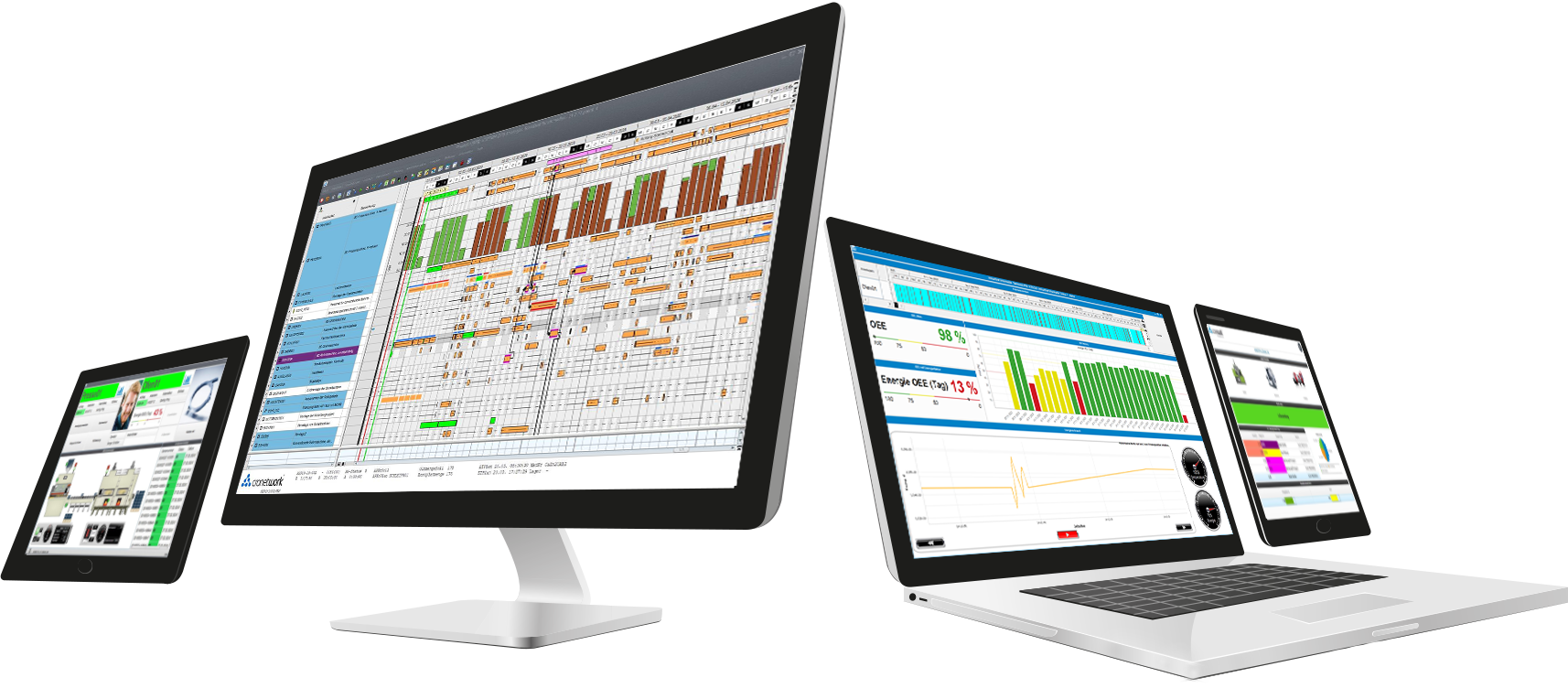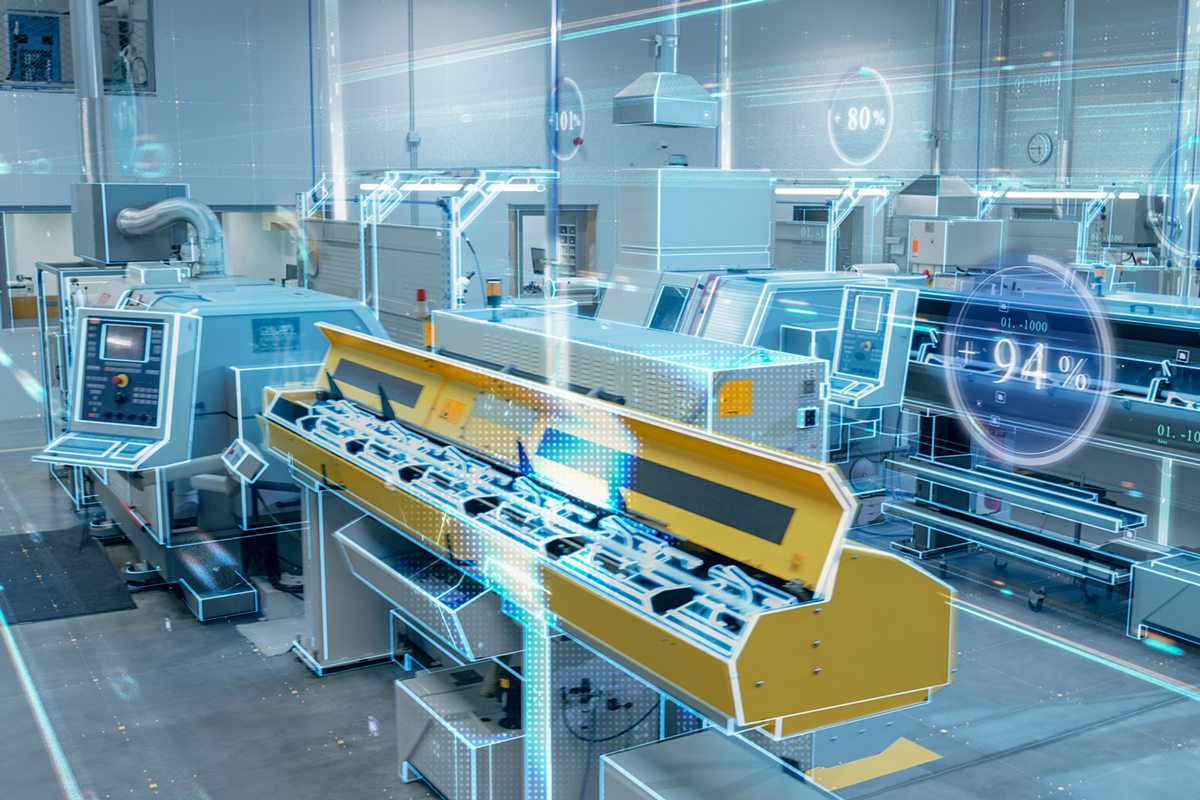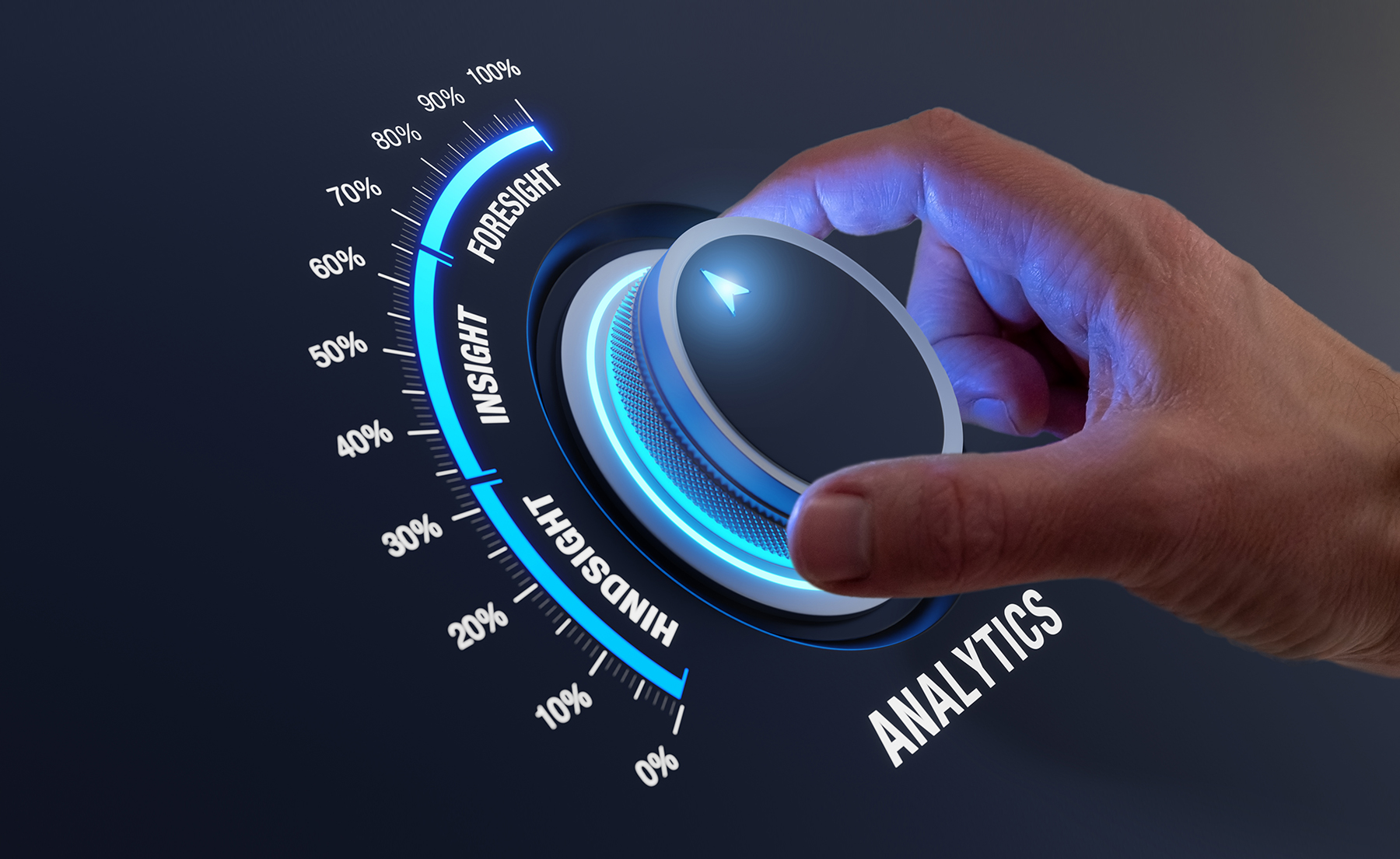Sustainable production - saving resources with MES

The role of Manufacturing Execution Systems (MES)
Resource efficiency is not just a buzzword, but a key concern that is becoming increasingly important both in society and in the manufacturing industry. Companies are faced with the challenge of organising their production processes in such a way that they are not only economically profitable, but also protect the environment and reflect socially responsible action.
In this context, a powerful Manufacturing Execution System (MES) such as cronetwork plays a decisive role.
The importance of ESG criteria & legal framework conditions
This development is also fuelled by ESG criteria (environment, social, governance) and legal frameworks that oblige companies to make their production more environmentally friendly and socially responsible. Climate protection strategies, the use of renewable energies and compliance with environmental standards are just a few examples. The Supply Chain Act (EU-Lieferkettengesetz), which has been in force since 2023, also requires demonstrable sustainability from suppliers and partners in order to reduce the environmental impact along the entire value chain.
As part of sustainable production, it is crucial to use resources efficiently and minimise waste. The long-term goal is to switch from a linear economy to a circular economy in which all resources are reused. However, this requires not only technological innovations, but also a rethink in corporate management and society.
Identification of energy guzzlers through target/actual comparisons
One, if not THE central contribution of an MES to greater sustainability lies in optimising processes and increasing their efficiency. The collection and analysis of real-time data enables companies to identify energy guzzlers and minimise resource consumption. One practical example is the use of target/actual comparisons to check KPIs such as planning and energy effectiveness as well as energy consumption per unit produced.
This is also where digital technologies and artificial intelligence come into play, enabling predictive procedures, for example, and thus making a significant contribution to reducing rejects and forecasting malfunctions and failures. Data is the central element here: collecting and analysing it enables companies to understand resource consumption and process flows and to take measures to increase sustainability and competitiveness on this basis.
Practical measures for resource efficiency in production
cronetwork MES can also make a corresponding contribution to the implementation of resource efficiency in production by contributing to the needs-based use of limited resources such as energy, raw materials, operating materials, tools, personnel, etc. and reducing waste – such as unnecessary machine running times.

Continuous planning cycles and the integration of real-time feedback, simulations and KPI analyses ensure that planning results are continually optimised:
Detailed planning is therefore the centrepiece: In cronetwork APS (detailed planning), parameters relating to energy-optimised production can be incorporated into the planning strategy in order to minimise energy consumption and use renewable energies efficiently. As part of this multi-resource planning, objectives such as scrap reduction, energy consumption reduction, load peak reduction, renewable energies as a power source wherever possible, etc. can be prioritised. cronetwork APS also visualises the energy pool and can be compared with a maximum target for energy consumption based on a tariff model to ensure efficient use.
Simulations can be used to compare different strategies and adapt planning accordingly. Feedback from the shop floor as part of plant data and machine data collection (such as rejects, actual energy consumption, partial quantities, etc.) is also incorporated into multi-resource planning and enables a real-time response.
In addition, cronetwork has a wide range of other functions aimed at minimising waste, such as real-time alarms in the event of increased power consumption or unplanned downtimes. Checks can be triggered when anomalies are detected, e.g. deviations from the standard cycle.
Predictive analytics functions for the early detection of deviations based on historically analysed data enable reliable forecasts, for example on relative rejects and the quality status after production steps. This is another important step towards improved capacity utilisation, adherence to deadlines and lower stock levels and makes a significant contribution to a sustainable and future-proof manufacturing environment.
Energy indicators
In order to optimise and plan energy consumption, it is crucial to make it measurable. Only those who know where their resources are being ‘burnt’ can develop levers to optimise processes. This is why cronetwork offers the following standard indicators, for example:
- Energy OEE: OEE x energy effectiveness
- Energy effectiveness (VDMA key figure): (planned energy requirement for the reporting quantity / actual energy consumption) * 100
- Energy consumption per unit (VDMA key figure): Actual consumption / reported quantity
- Optimum performance: Energy consumption of the last completed confirmation compared to the previous minimum energy consumption of this material at the workplace
- Planning effectiveness (planning accuracy): 1 – {(actual energy – planned energy)/planned energy}

The cronetwork portal provides you with an intelligent tool that can be configured as required to create interactive user interfaces. Portlets are put together and linked together according to the modular principle in order to provide up-to-date, graphically prepared information at any time, which serves as the basis for energy monitoring. With this tool, you can individually display energy indicators and resource consumption – for example, to compare resource consumption of the same work process on different systems – in the form of dashboards and derive measures for optimisation. Energy meters and energy values from time series can also be included.
Conclusion
With the help of an MES such as cronetwork, companies can achieve transparent and predictable energy consumption, utilise their limited resources efficiently and reduce waste. By integrating energy management functions and taking ESG criteria into account, they make an important contribution to more sustainable production and at the same time help to increase their competitiveness.
On the long road to a circular economy, consistent recycling and the provision of used resources is another logical step in promoting sustainable production processes. For example, recycling metal swarf in production reduces waste, saves resources and lowers costs by reusing recycled swarf in new processes, which offers both environmental and economic benefits.
Modern and sustainable technologies help us to identify problems and develop solutions to tackle the enormous challenges of our time – let’s use them!








